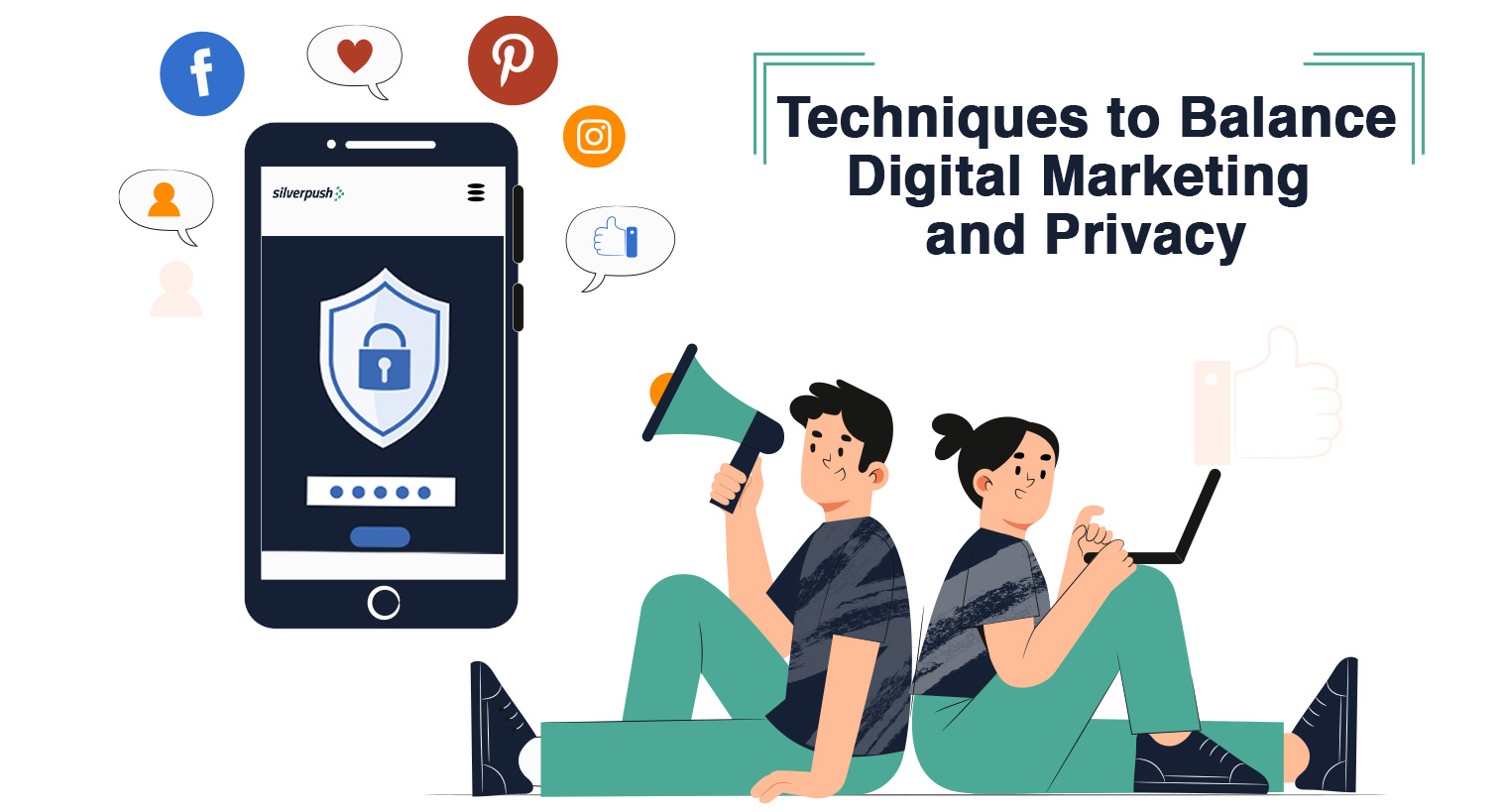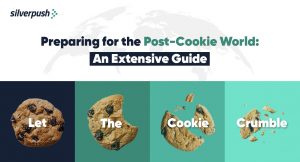5 Ways to Balance Digital Marketing and Privacy | 27 Apr, 2022

The rise of the internet has led to the evolution of the digital marketing landscape and made it more convenient for brands and customers to connect, hasn’t it?
What used to require tons of effort to reach your target audience can now be done in just a few minutes. Therefore, this permits organizations to grow more rapidly and discover new triumphs faster. That’s why individuals are worried about personal security and all the access companies have on their data.
So, how does digital marketing coexist with data privacy and how do firms that depend on digital marketing, online advertising, and campaign tracking data still deal with the new data privacy laws?
Continue reading to know how to balance digital marketing and privacy, including how your business can figure out new ways to adjust the two gracefully.
What Is Privacy In The Digital World?
On a basic level, security is the right of customers to decide how third-party firms use their data.
Individual data includes:
- Contact Information
Name, Phone Number, Address, Email Address.
- Identity Details
Date of Birth, Aadhaar Card Number, Social Security Number, IP Address, Driver’s License Number.
- Monetary Information
Card Numbers, Bank Account Numbers.
- Usage Details
Websites visited, Products viewed, Links clicked.
It’s a standard list of different things included in digital privacy; it gives a clear idea of the type of data a firm uses for marketing analysis.
It carries us to another query – how is a brand ensuring digital privacy for consumers?
Digital Marketing And Privacy: How Can Marketers Adapt?
Tracking each move of your target audience has vanished, and what’s left is diminishing quickly, so it is convenient to have a plan for going ahead and maintaining privacy in the digital world.
As said by Google, the best techniques for balancing digital marketing and privacy include:
- Be smart with how you contact the audience.
- Gather information responsibly.
- Recruit and train for privacy.
- Focus on more outstanding quality content
The primary focus of marketers has always been matching content to explicit metrics. But now, switching is the need of the hour!
Rather than simply attempting to meet the messaging for many smaller demographics, it would be best if you had ads and media that fulfill the needs of many, all at once.
- Increase the frequency of ad and communication
Again, in order to balance digital marketing and privacy, it is vital to adapt to different conditions. Rather than depending on a knockout message that immediately gets to your client’s heart, it is necessary to increase ad and communication frequency for a more balanced approach.
For instance, you could switch to different ads with different angles instead of showing one ad multiple times. Likewise, you might need to increase the amount of time you interact with an audience to build brand recognition.
Also Read: 6 Truths About Brand Safety Every Business Should Know
- Increase integrated brand metrics
To endure these changes and prepare for the future of digital marketing and privacy, it is vital to adjust your integrated brand metrics.
What does this mean?
It means making sure that you’re looking at your campaign response at both macro and micro levels. Usually, you stop focusing on whether individual campaigns are successful or not and start evaluating all other aspects of your marketing, such as:
- ROI
- Customer satisfaction
- Overall ad spends, etc.
The more you focus on the master plan, the simpler it will be to work on your overall message at a higher level.
- Include transparency in your technique
As we saw after the reception of the GDPR, it is critical to include transparency and consistency in your technique of collecting personal data.
- Change to gated offers
Rather than depending on a specific group to choose for generic data sharing, give them something valuable in return. It is a cycle known as providing a gated offer.
Imagine this: You want to gain insights on consumer satisfaction after they make an online purchase or book an appointment. At the end of the whole process, you can ask them to fill out a survey form, and in return for their time and appropriate responses, you can provide them a coupon code for availing discount on their future order.
This sort of offer puts the allowance in possession of the client. The point here is that this offer gives the option for getting involved in marketing activities.
Wrap-Up
Everything Changes But it Still Remains The Same!
It is the primary point to consider the importance of data privacy. While marketers need to change, following the new privacy regulations and data collection practices, the more prominent aspect of human nature and consumerism remains the same. Simply finding some harmony between the two is the main element for success.
To get help in understanding how this all functions, you can read our other blogs on data privacy and how to prepare yourself for a cookieless world.

BLOGS
Super Bowl Advertising: A Month-Long, Multi-Screen Event for Brands
For Americans, there are two events that they hyped for a whole year - Football season, and waiting for football season. Football remains highly popular among Americans, with searches for "NFL Draft" and viewership numbers showing an unwavering interest in the sport. According to Google Search data, football is more ...

BLOGS
Advertising in the Age of Climate Change: The Adoption of Carbon Emission Metrics
The urgency of the climate crisis is increasing, and the media industry is no exception. While some professionals are working to reduce their direct operational emissions, there is an urgent need for common standards to be set for indirect emissions that come from digital advertising. The digital advertising industry is becoming ...

BLOGS
Complete Guide to Reaching Audience with Cookieless Advertising
What’s your alternative game plan for effective cookieless advertising? Haven't thought about it yet? The time is now! Introduction The complete year of 2022 was dedicated to cookies! Panic is setting in amongst marketers owing to mounting privacy laws and the ban on cookies, causing them to re-evaluate their strategies.







